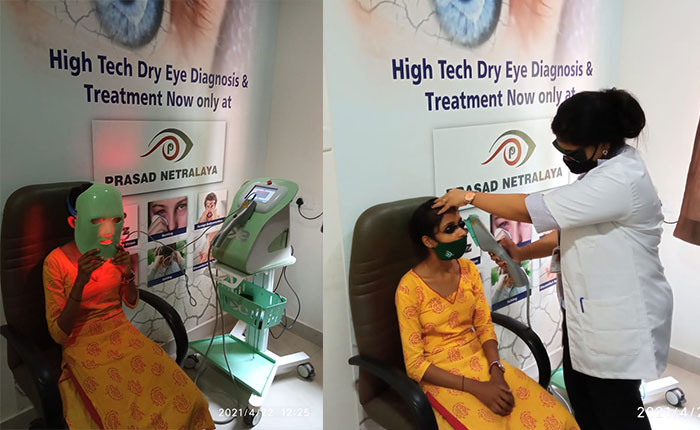The eyes are developed by a delicate and intricate process as the embryo develops. Congenital eye disorders occur when problems occur during this process. In other words, the abnormal development of a baby’s eye in utero causes congenital eye disorders. While congenital eye problems may be caused by a gene mutation or exposure to drugs or alcohol during pregnancy, there is no clear reason in many affected children.
Congenital eye disorders can cause complete or partial blindness. Some problems are noticeable in a newborn, while others are not diagnosed until later in life.
Common Congenital Eye Problems:
Congenital eye conditions can affect any part of the eye and are frequently linked to diseases like 一
-
Retinoblastoma:
It’s a type of retinal cancer (the light-sensitive lining at the back of the eye). Retinal eye cells normally grow rapidly in the early stages of a baby’s development and subsequently cease growing. However, in certain situations, the cells continue to proliferate and cause retinoblastoma.
The treatment for retinoblastoma depends on the stage at which the cancer is diagnosed. It can be either intraocular(where cancer is within the eye) or extraocular (where cancer has spread to other parts). Small tumours are treated with laser treatments or cryotherapy (by freezing the tumour). And the bigger ones are treated with chemotherapy and/or surgery which necessitates the removal of the eye.
-
Cataract:
Some babies are born with cataracts, and others develop them at a young age. This condition affects one or both eyes. Congenital cataracts can be caused by infections such as rubella, medical problems that disrupt the baby’s metabolism, or they can be hereditary.
Early detection and treatment of cataracts is critical for a child’s future vision. The form of treatment depends on the type and severity of cataracts. Most children will require surgery to remove cataracts. Although it is a delicate procedure, it is generally safe and is performed by specialised surgeons at Prasad Netralaya.
-
Squint eyes:
Also known as strabismus, it is a condition seen in 2-3 children out of a hundred. In simple words, a child is said to have strabismus when the eyes are misaligned and do not look in the same direction. Squinting can be caused by either diminished vision in one eye or a nerve supply abnormality.
Squint does not go away on its own, thus treatment for strabismus should begin as soon as possible.
These are just a few of the conditions linked to congenital eye disorders. Some other congenital eye disorders include refraction errors, glaucoma, eye malformations, etc.
Treatments for congenital eye disorders vary based on the situation. Surgery, medications, prescription eyeglasses, patching, etc are some of the methods to treat the above-mentioned conditions. These procedures and treatments primarily focus on optimising and/or preserving visual potential.
Congenital eye orders call for the best treatment! Trust Prasad Netralaya, for quality treatment by the finest most experienced ophthalmologists. Be it glaucoma, cataracts, or other related congenital eye disorders, we’re here at your service.

